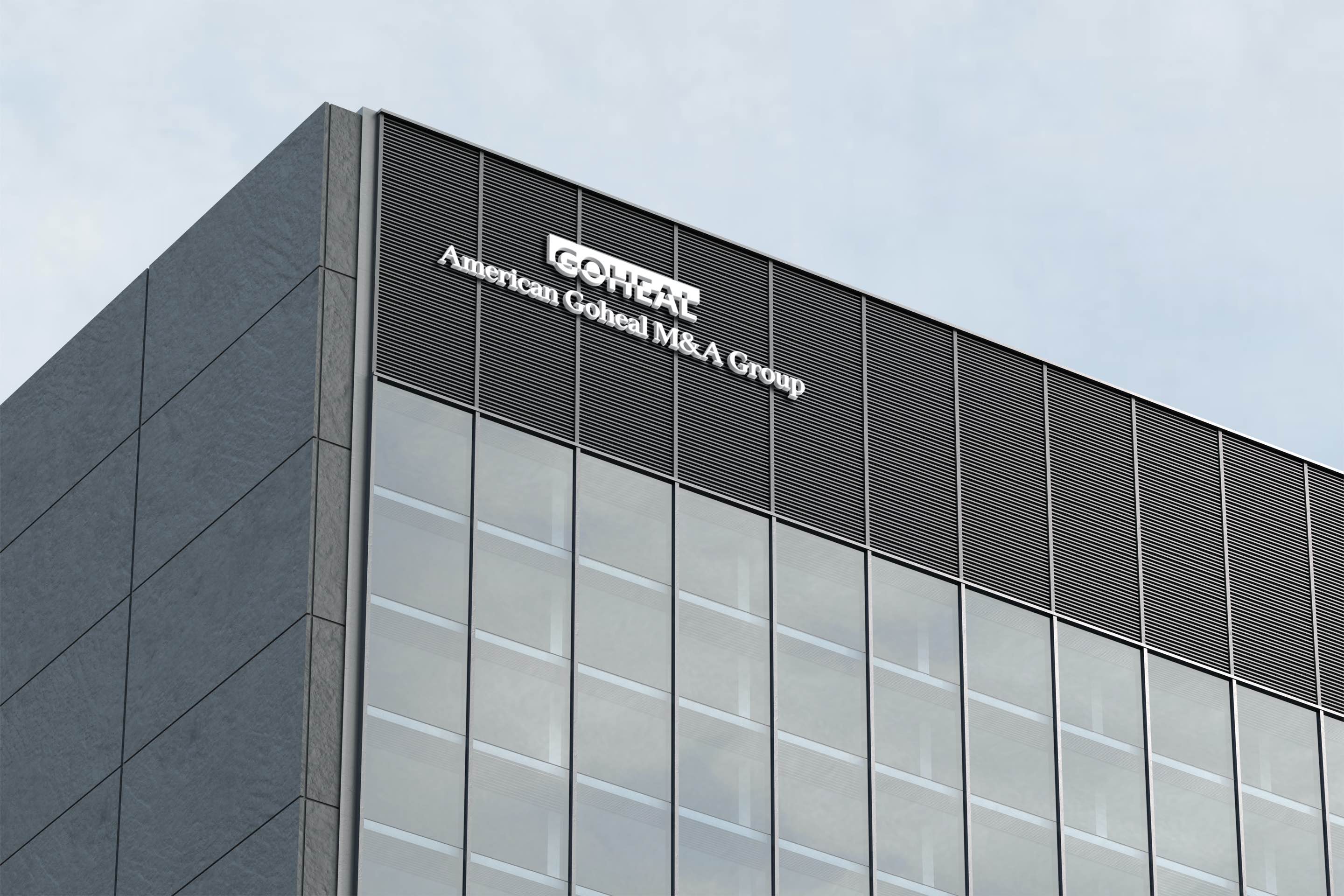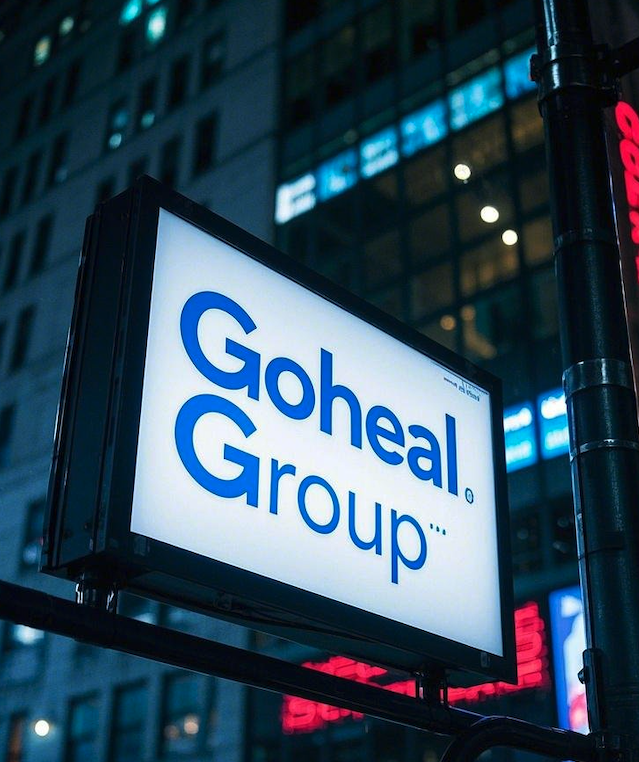"Stock prices fluctuate unpredictably, and news drives the key." In the battlefield of the capital market, mergers and acquisitions are often like a powerful "catalyst bomb" that can cause a company's stock price to fluctuate greatly in a short period of time. For investors, this is both an opportunity to double their wealth and a trap that hides risks. So, how do mergers and acquisitions affect stock prices? What key factors determine the final reaction of the market?

American Goheal M&A Group
Goheal has been deeply involved in the global capital market and has long been concerned about the mergers and acquisitions of listed companies. Through the analysis of a large number of cases, we found that the impact of mergers and acquisitions on stock prices usually depends on three core factors: market expectations, transaction structure, and integration effects. If companies can make precise layouts in these three aspects, then mergers and acquisitions can not only boost corporate growth, but also allow shareholders to enjoy the dividends of asset appreciation.
Market expectations: stock price fluctuations in the information storm
The capital market has always been driven by emotions, and mergers and acquisitions are undoubtedly the most dramatic "market drama". Once the news comes out, investors tend to react quickly, and stock prices rise or fall sharply. However, market sentiment does not come out of thin air. It depends on investors' perception of M&A transactions - is it a "strong alliance" or a "deep mud"?
For example, Microsoft's acquisition of Activision Blizzard caused Activision Blizzard's stock price to rise sharply at the beginning of the announcement, because the market generally believed that Microsoft's financial strength and industry resources could help Activision Blizzard get out of trouble and enhance future competitiveness. On the contrary, if the market believes that the merger may bring integration difficulties or regulatory obstacles, the stock price may fall, just as the market confidence was frustrated and the stock price fell after the merger plan between Capri Holdings and Tapestry was stopped by US regulators.
Goheal suggested that when conducting mergers and acquisitions, companies need to lay out market communication strategies in advance to ensure the transparency and rationality of information disclosure. Any outflow of negative information will make investors vote with their feet and affect the progress of the transaction.
Transaction structure: M&A method determines stock price trend
M&A transactions are not simply "buy, buy, buy", and their structural complexity is no less than a high-IQ financial game. Is the transaction a cash payment or a stock exchange? Is it a full acquisition or a partial holding? These details not only affect the company's capital structure, but also directly determine the short-term and long-term performance of the stock price.
If a company pays in cash to acquire a target company, it usually means that the company has sufficient cash flow, the market tends to be positive about it, and the stock price may rise. However, if the company uses additional stock issuance to pay, the market may worry about equity dilution, resulting in a drop in stock prices. For example, in order to complete high-value acquisitions, some companies have to issue a large number of new shares, resulting in the dilution of the interests of the original shareholders, a decline in investor confidence, and a subsequent correction in stock prices.
In addition, whether the M&A transaction involves a premium acquisition is also a key factor affecting the stock price. A high premium may cause the market to question the rationality of the acquisition, while a low premium may make the shareholders of the acquired company dissatisfied, thus affecting the transaction process. Therefore, Goheal believes that when designing the M&A transaction structure, companies need to fully weigh the costs and benefits to ensure that they can both buy into the market and ensure long-term financial stability.
Integration effect: "chemical reaction" after M&A
The real challenge of M&A restructuring is not the transaction itself, but the integration after the transaction. Whether the M&A can truly bring synergy will determine the long-term stock price trend.
After completing mergers and acquisitions, many companies find that the integration is much more difficult than expected. Cultural conflicts, management turmoil, business overlaps and other issues may lead to the failure of mergers and acquisitions, which in turn affect stock prices. For example, when Merrison acquired German and Polish auto parts suppliers VOIT Automotive GmbH and Voit Polska Sp. z o.o., it originally hoped to quickly open up the European market with the acquisition, but due to serious differences between the two parties in market strategy and supply chain integration, the transaction eventually broke down. The market reaction after the failure of the merger and acquisition was extremely negative, and the stock price was also affected.
But successful integration may also bring long-term benefits. For example, after Disney acquired Pixar, Marvel and Lucasfilm, it quickly integrated content resources and created a series of popular IPs, driving the stock price to rise in the long term. It can be seen that mergers and acquisitions are not the end, but a marathon of corporate development. Only by truly achieving synergy can investors be confident in the future.
Conclusion: M&A and restructuring is a "psychological warfare" of capital
The merger and reorganization of listed companies, from the announcement of the transaction to the final completion of the integration, will affect the fluctuation of stock prices at every step. Market expectations determine short-term stock price trends, transaction structure affects investor confidence, and post-merger integration capabilities determine long-term value.
For investors, how to judge whether a merger is worth paying attention to? How should companies avoid "thunderstorms" in stock prices when acquiring companies? Welcome to leave a message in the comment area to discuss and explore the ever-changing capital market!

Goheal Group
[About Goheal] Goheal is a leading investment holding company focusing on global mergers and acquisitions. It is deeply engaged in the three core business areas of acquisition of listed company control, mergers and acquisitions of listed companies, and capital operations of listed companies. With its deep professional strength and rich experience, it provides companies with full life cycle services from mergers and acquisitions to restructuring and capital operations, aiming to maximize corporate value and achieve long-term benefit growth.